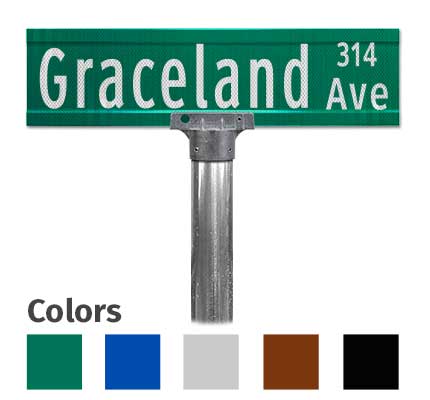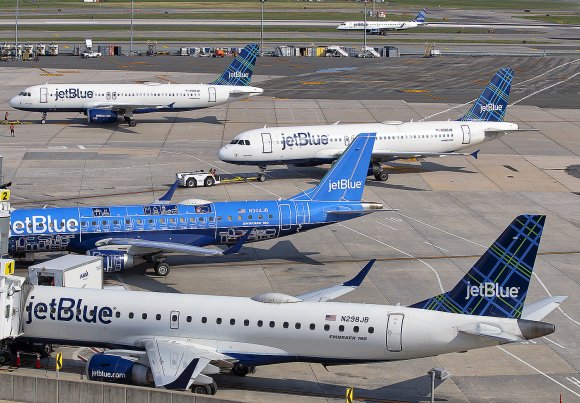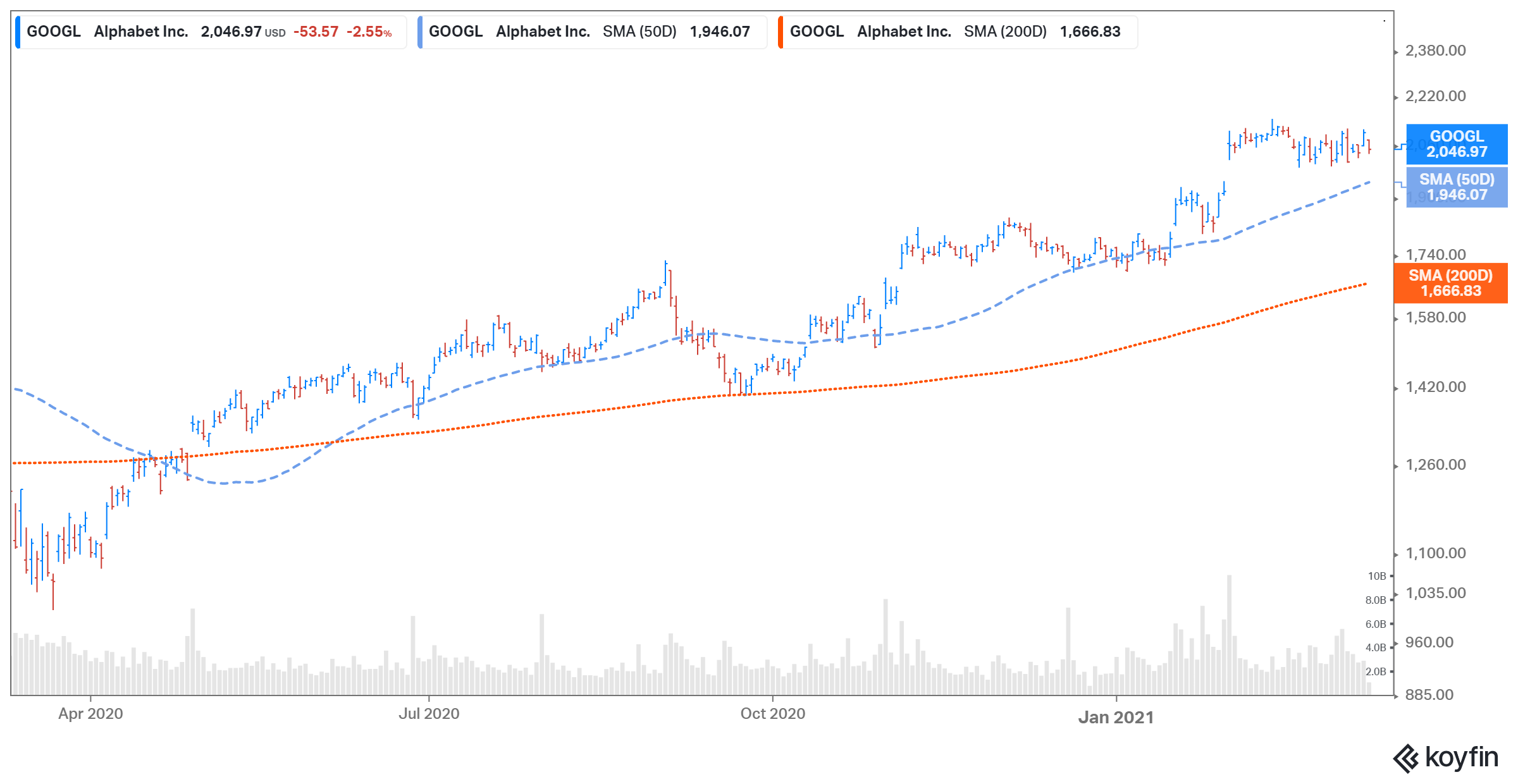What are the new MUTCD requirements for Street Signs. These sign heights are based on the MUTCD standards for letter size.
The street design standards attempt to reflect not only traditional traffic and civil engineering practices but also the unique demands of a dense urban environment where space is limited.

Street sign standards. Extruded Blade with or without prefix and suffix. 4 initial letter height. A guide sign provides directions to road users including routes.
The best reference for information on United States traffic and road signs for over two decades. The latter two are generally impractical or excessively expensive. Stronger than Flat Blade Street Signs MUTCD compliant Extruded Street Signs have a thickness of080 at the center and230 thickness at the extruded top and bottom edges.
The only acceptable background colors for Street Name D3-1 or D3-1a signs shall be green blue brown or white. You will also need to be able to answer the questions in our Off-Street Loading guidelines. Street signs do not require borders.
Combination of upper. Roads with Speed Limit of 40 mph or less. Well need to see a site plan that includes the truck turning path into the loading site.
Traffic Control Devices TCD include all road signs highway markings electronic traffic signals railroad crossings and road-way construction zone areas. For use on local roads that have speed limits of 25 MPH or less 6 inch tall sign sizes are adequate. For signs with six inch 6 letters the sign blank needs to be 12 inches high.
You need to create the plan at a 120 scale. A regulatory sign shows traffic laws or regulations such as stop signs and speed limits. What are the other MUTCD Street Sign recommendations.
A warning sign calls attention to an unexpected condition such as a sharp turn in the road or a school zone. Street name signs must be either retroreflective internally illuminated or floodlit. Signs should be mounted with a street name sign bracket.
Font style must be Clearview 4. Normal street lighting is not sufficient to illuminate street name signs for motorists but is often useful to enable the signs to be read by pedestrians. Ground Mounted Sign Sizes 3 of 4.
The Standards Australia NEXTgen Program provides emerging leaders an exciting opportunity to become involved in the national and international standardisation processes which supports Australian industry and governments. 6 initial letter height. The height of sign sizes depends on where the street name sign will be used.
The program provides training and direct exposure to the standards development processes and technical committees. Traffic Engineering Standards for Pavement Markings Designating Traffic Lanes Lane Usage Lane Regulations and PedestrianBicyclist Accommodations Left-Turn ONLY and Arrow Spacing Worksheet 1 of. Roads with Speed Limit of 25 mph or less.
A Division of Traffic Signs Corporation. Standard Sign Shapes Standard Sign Colors Sign Retroreflective Sheetings Standard Sign Typefaces Sign Posts and Supports. While it is more legible if the supplementary lettering indicating the type of street such as Street or Road or direction such as East is the same size as the main legend these may be reduced to 3 inches in height.
Sign Size 1 HIGHWAYS MAIN ROADS PRIMARY DISTRICT AND LOCAL DISTRIBUTORS Speed limit 70 to 110 kmh All except those listed below B All signs on Local Distributor roads where 85th percentile speed is reduced to. STREET DESIGN STANDARDS AND POLICIES 151 GENERAL The purpose of this section is to provide design engineers with the Citys street standards that are to be used in the preparation of plans specifications and estimates for projects within the City right of way. Metro Street Name Sign and Sign Placement 4 of 4.
Official Double Sided Sign. For roads with speed limits greater than 25 MPH 9 inch tall signs are used. This is a comprehensive listing of the most commonly used traffic signs in the United States.
Minimum reflectivity of High Intensity. For signs with four inch 4 letters the sign needs to be eight inches 8 high. If your plan is approved a engineer signs and stamps your plans.
The primary objective of these standards is to ensure the safe and efficient. In the United States road signs are for the most part standardized by federal regulations most notably in the Manual on Uniform Traffic Control Devices MUTCD and its companion volume the Standard Highway Signs SHS.











